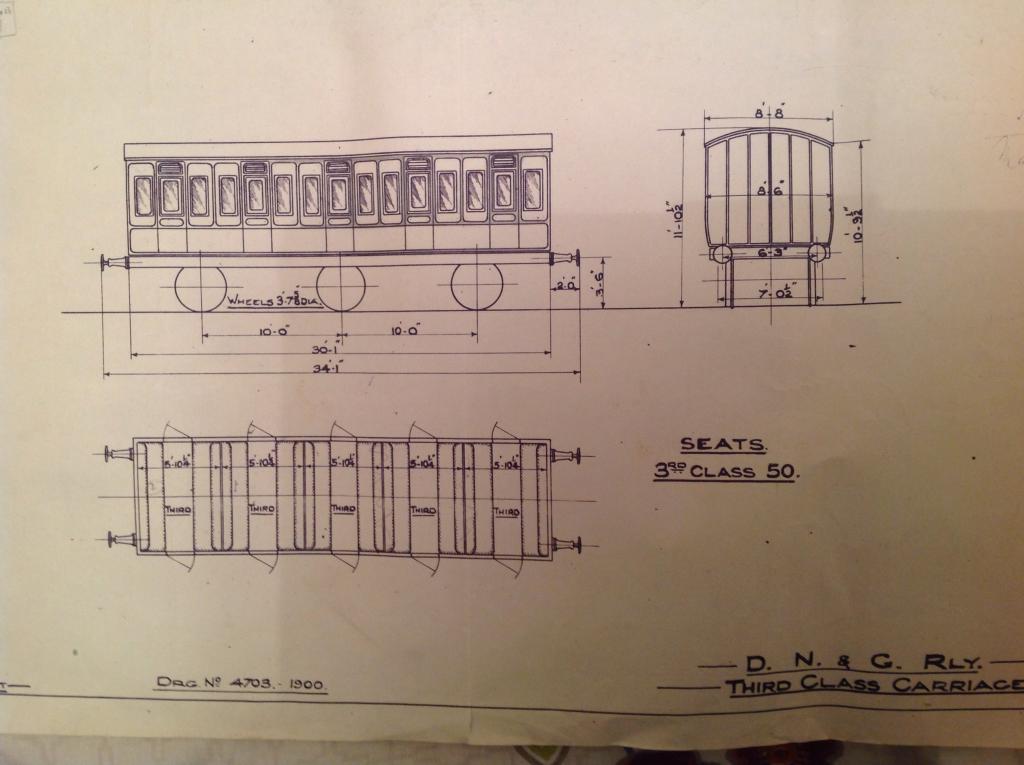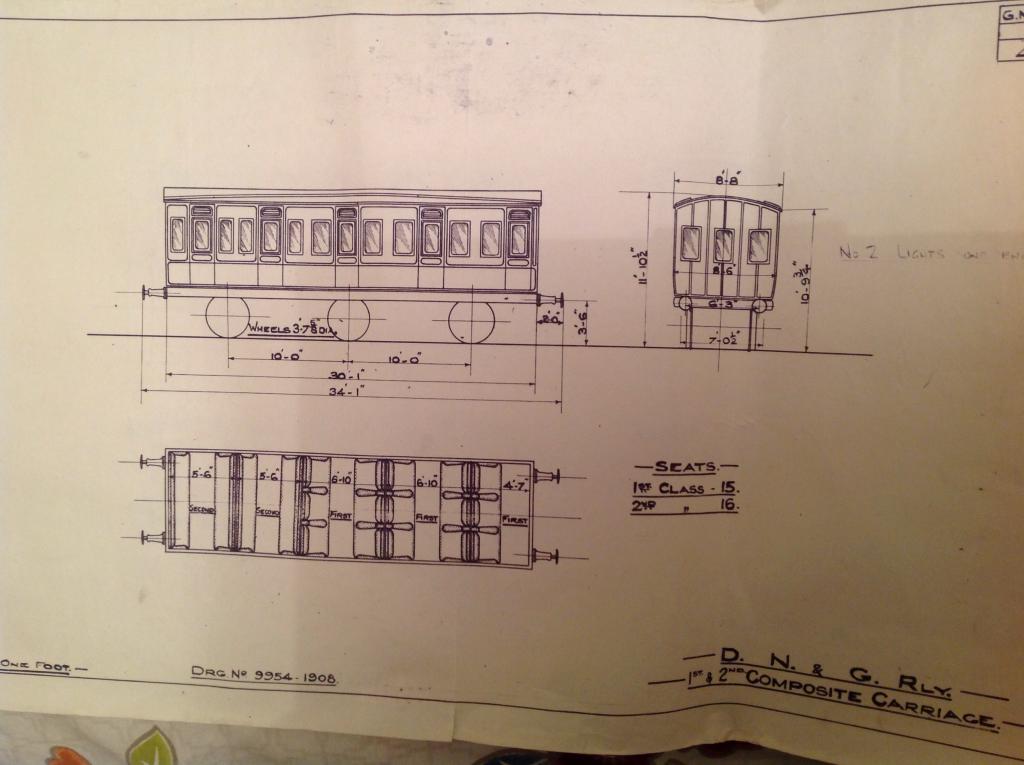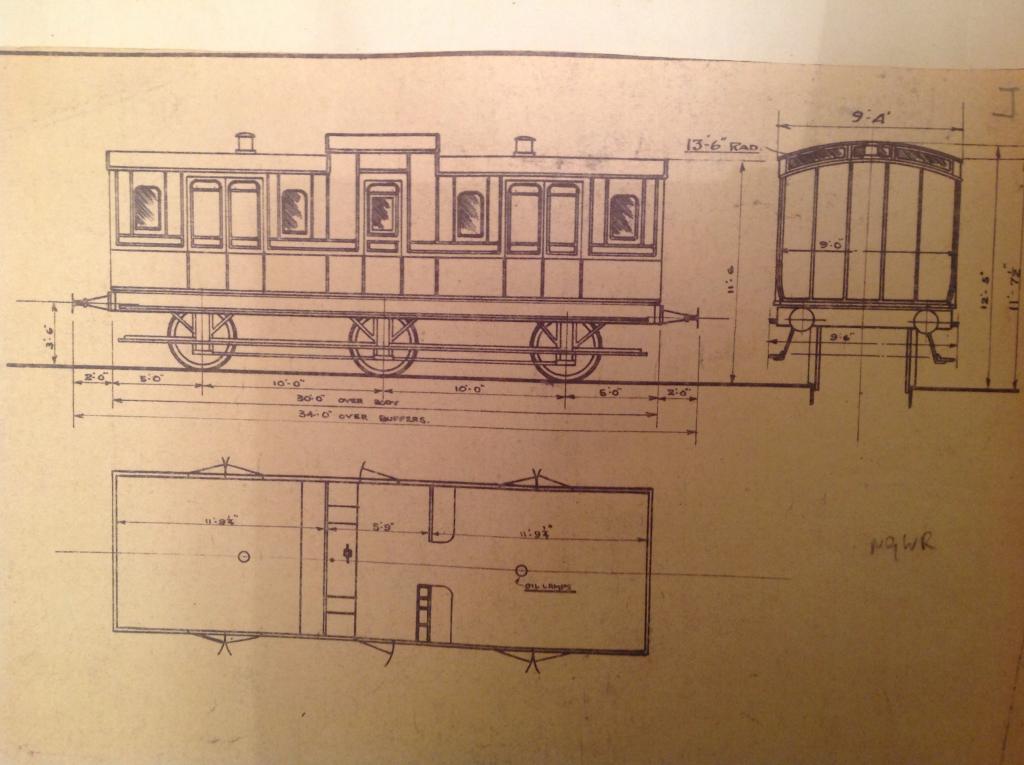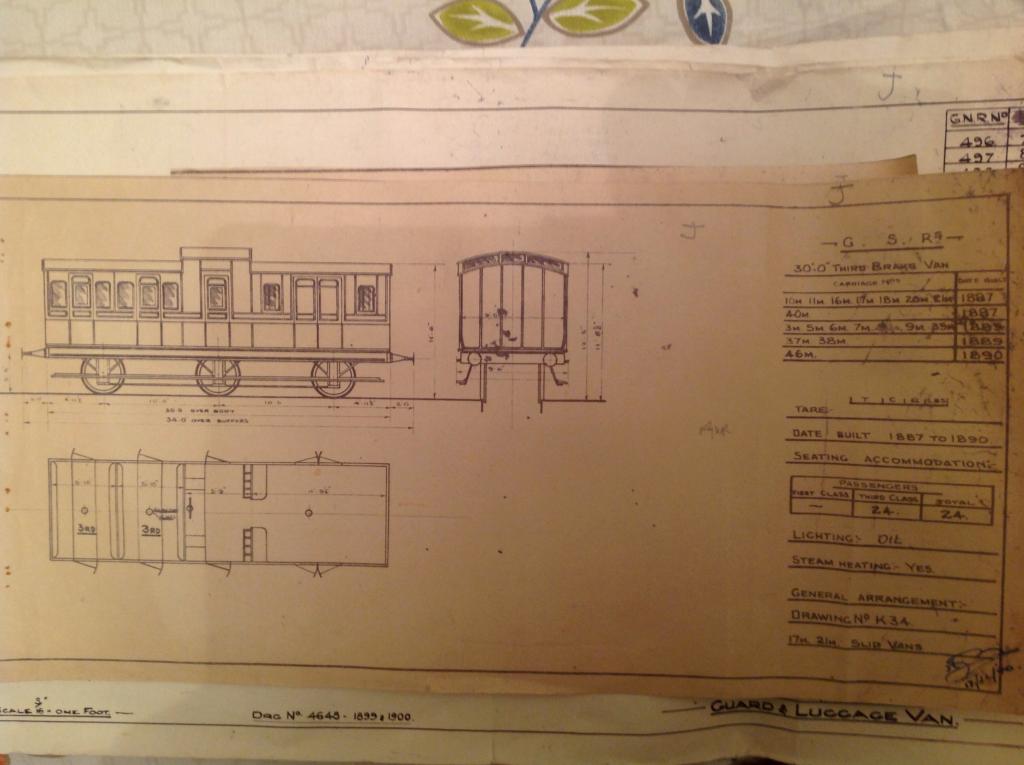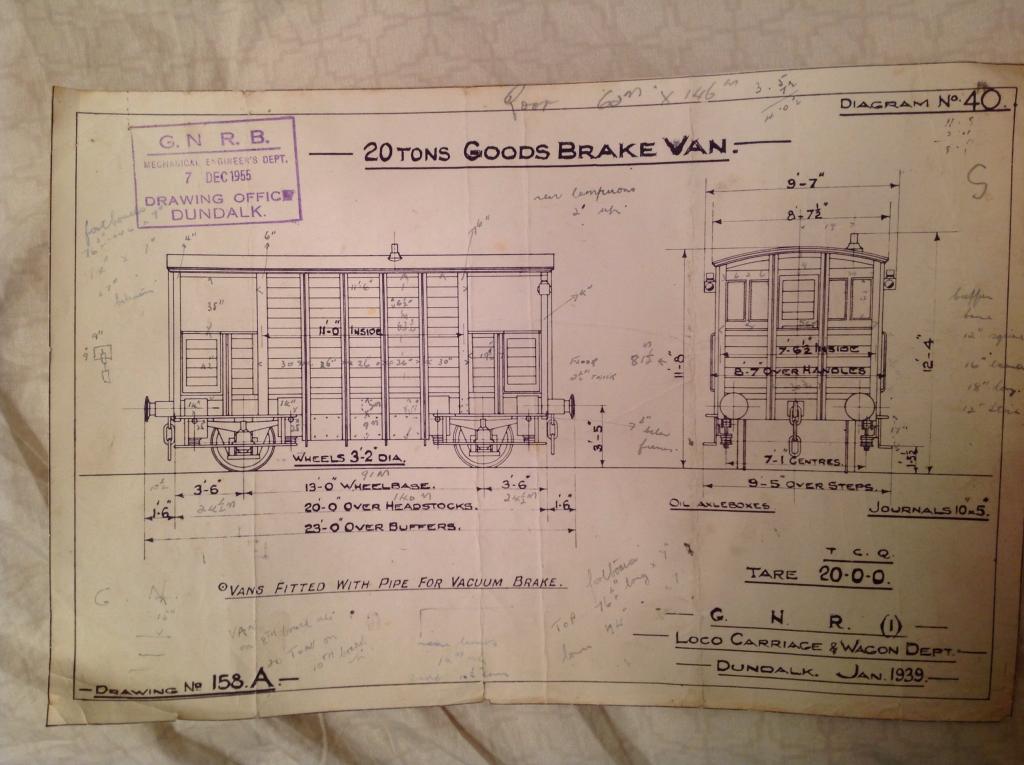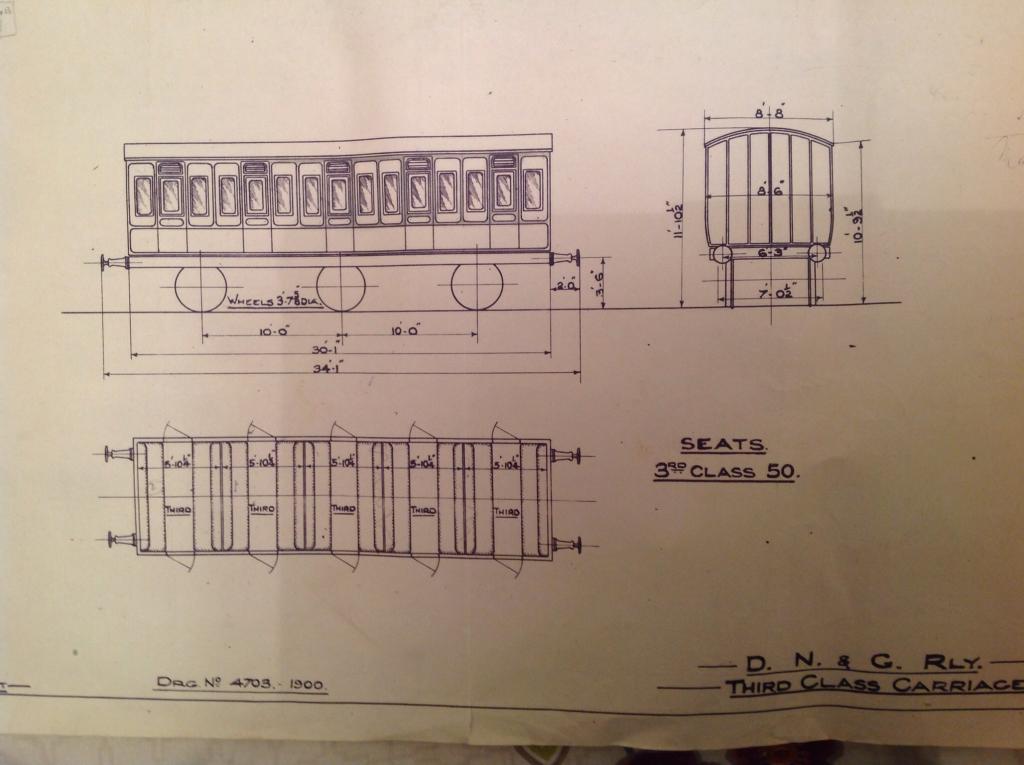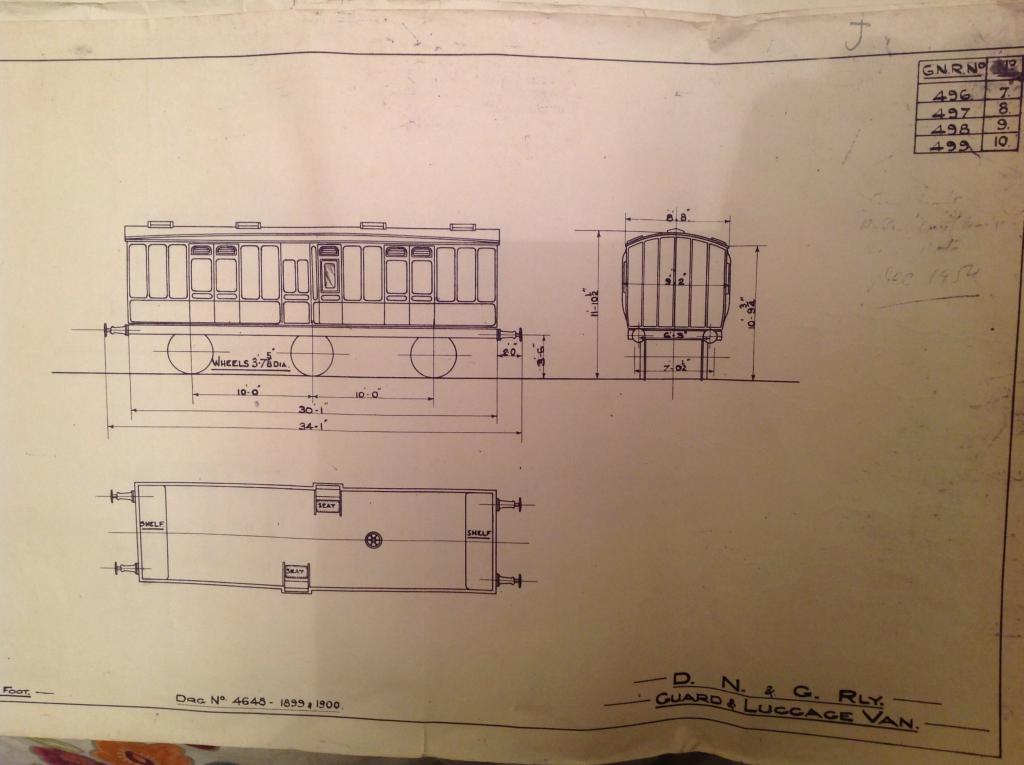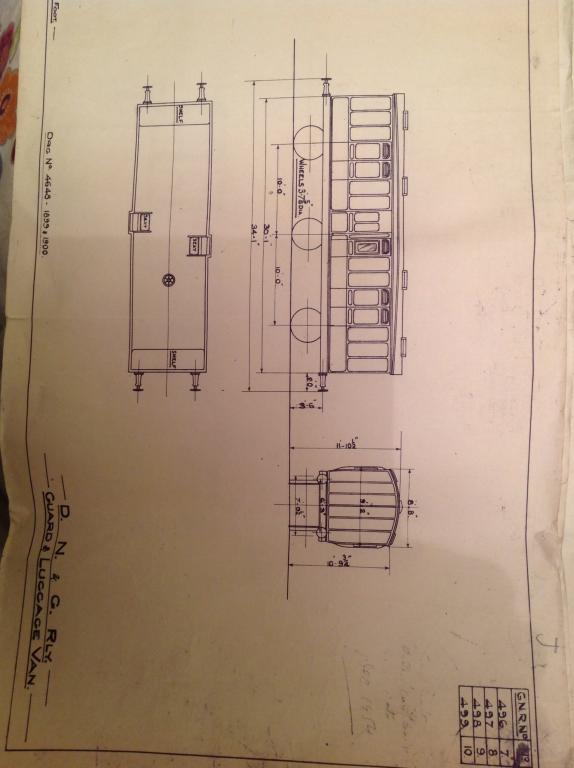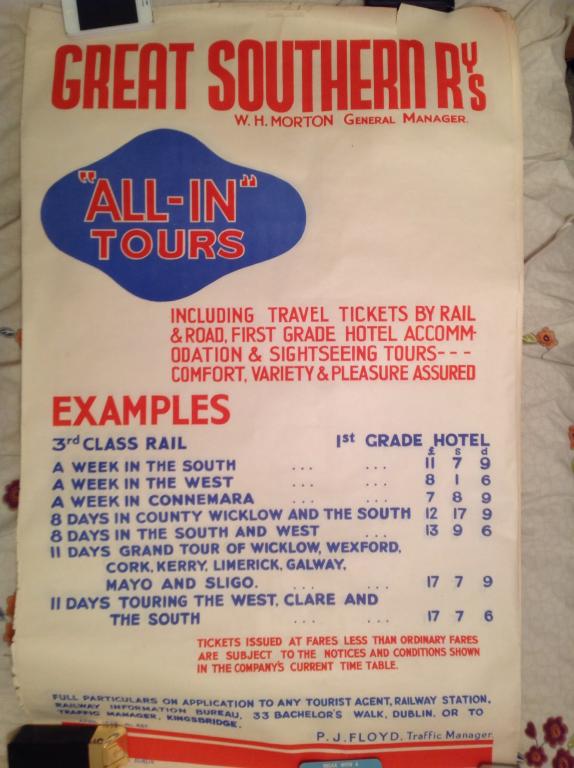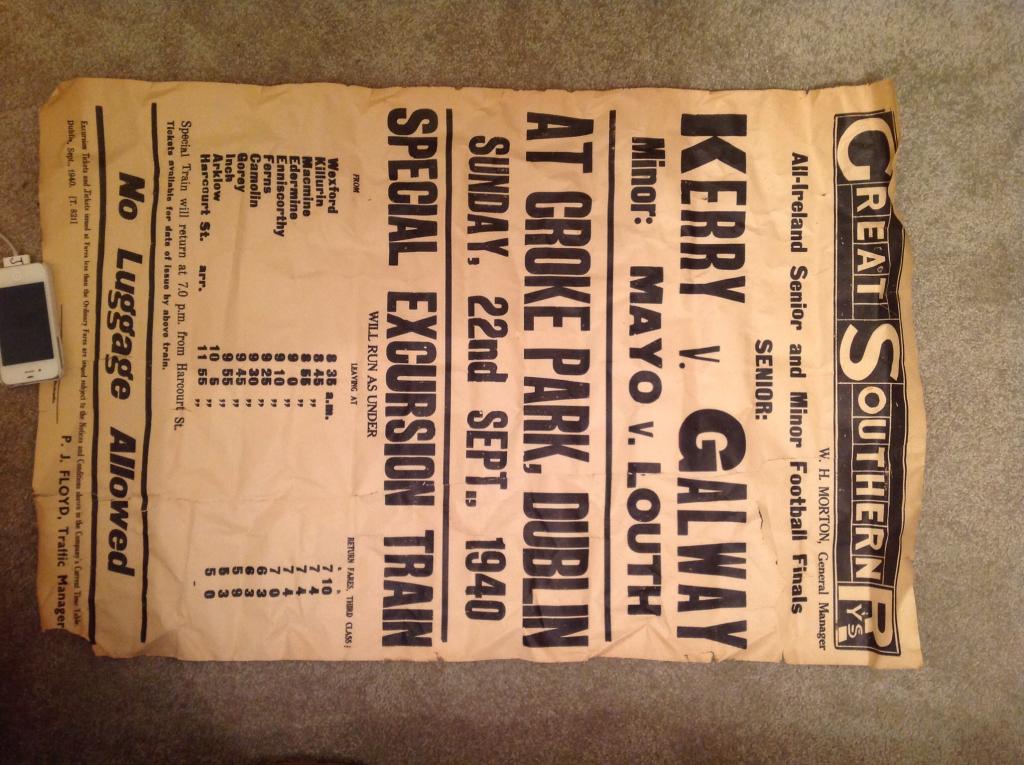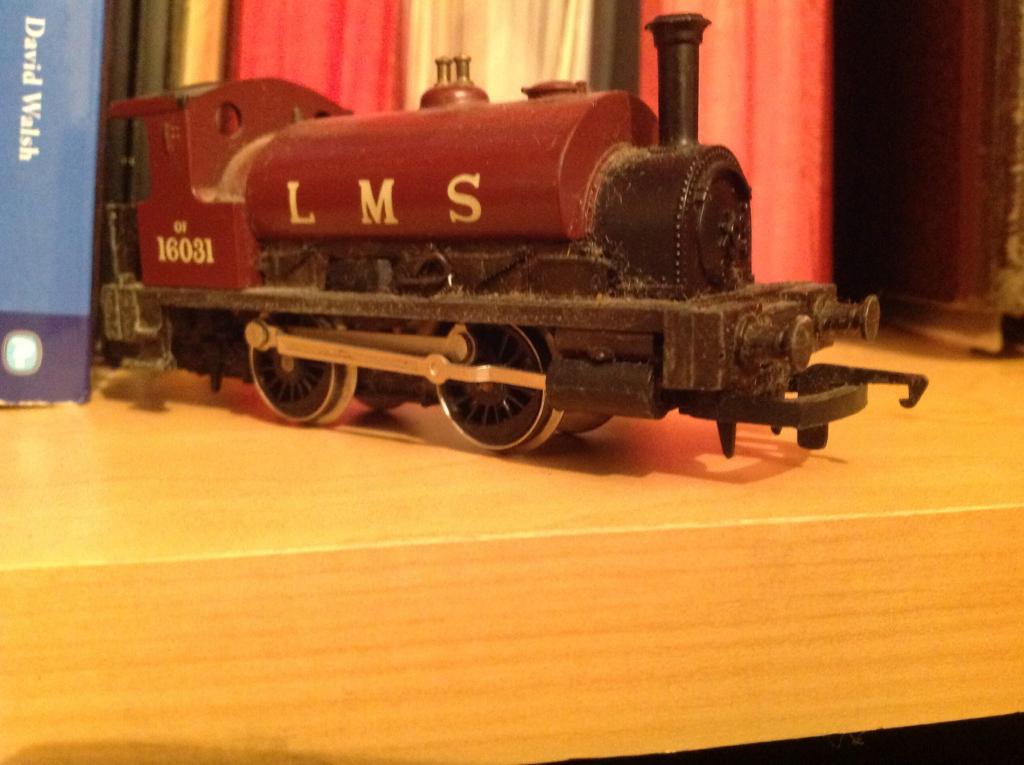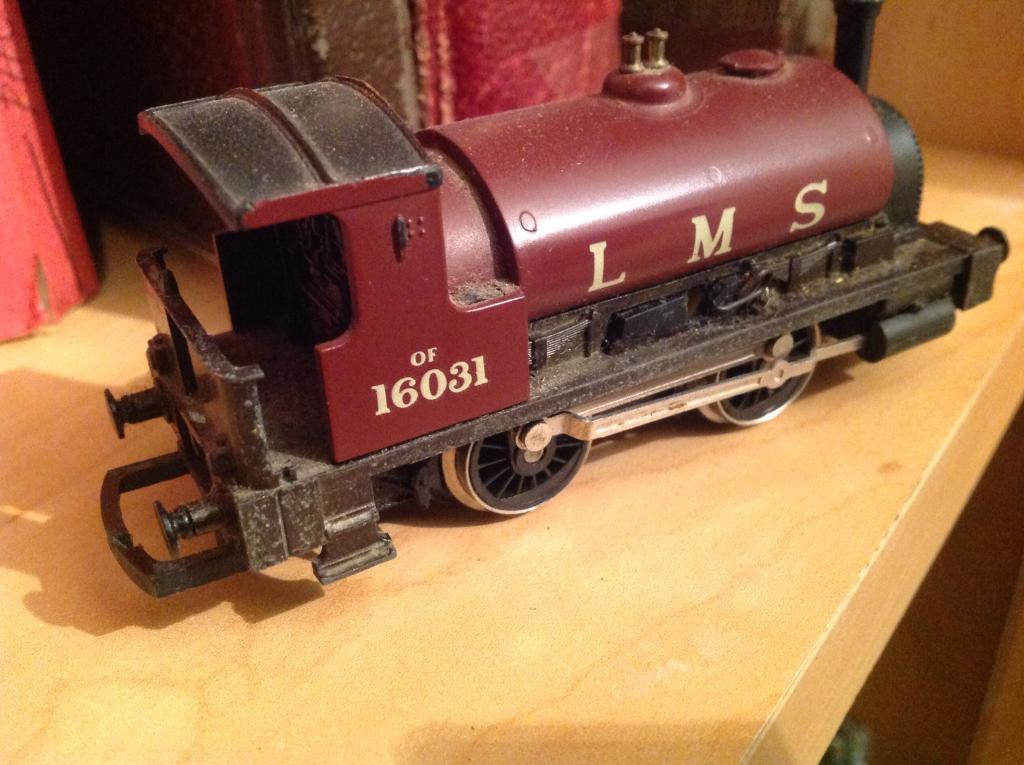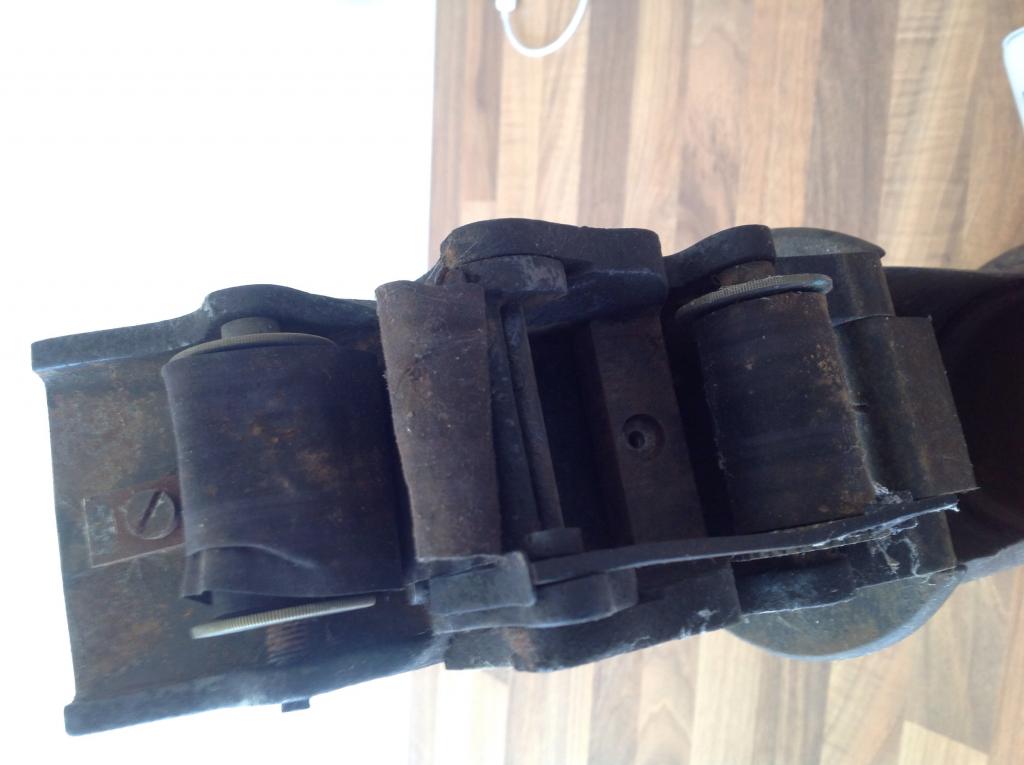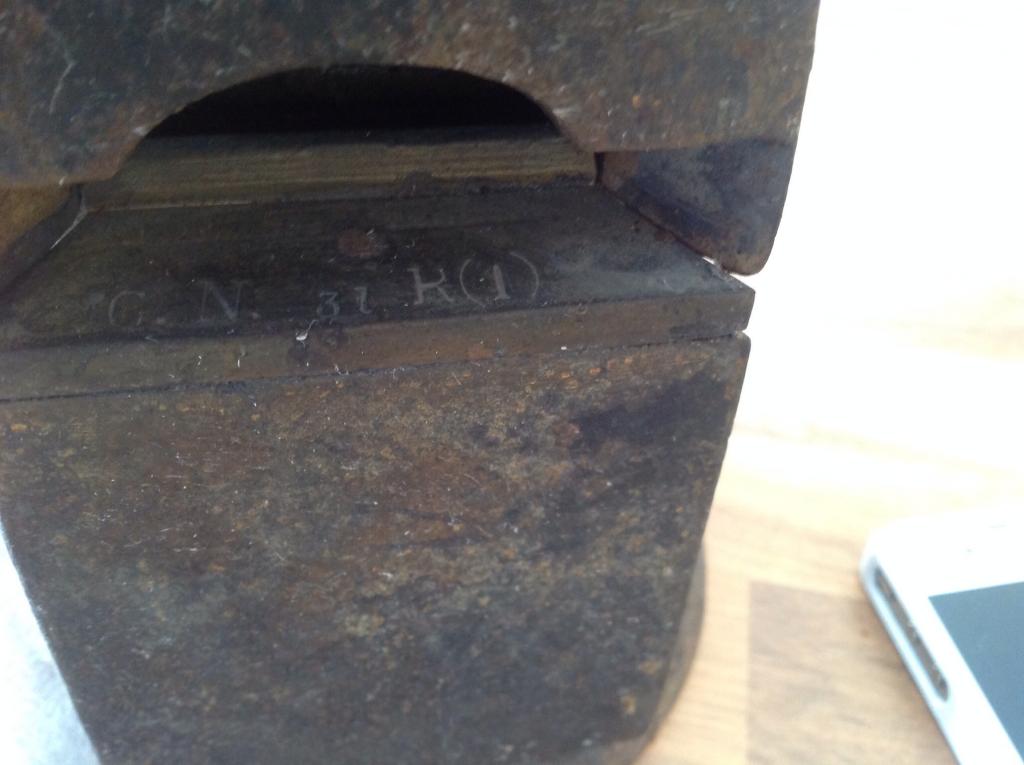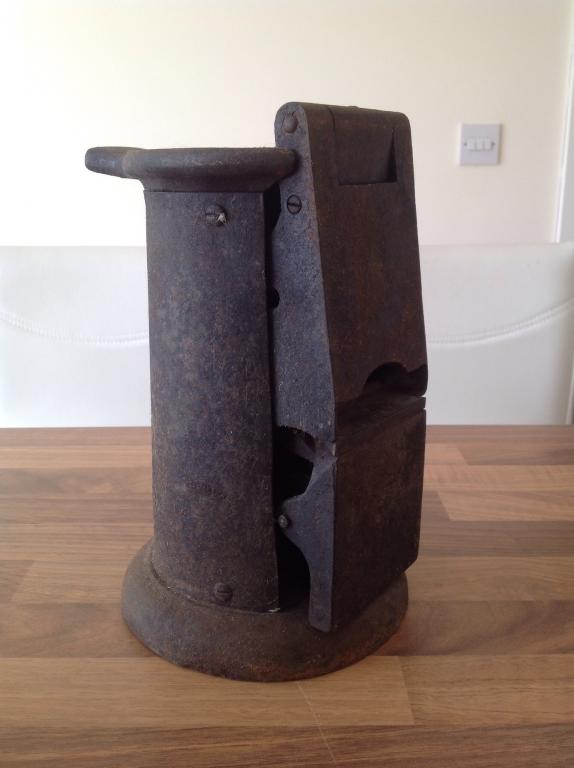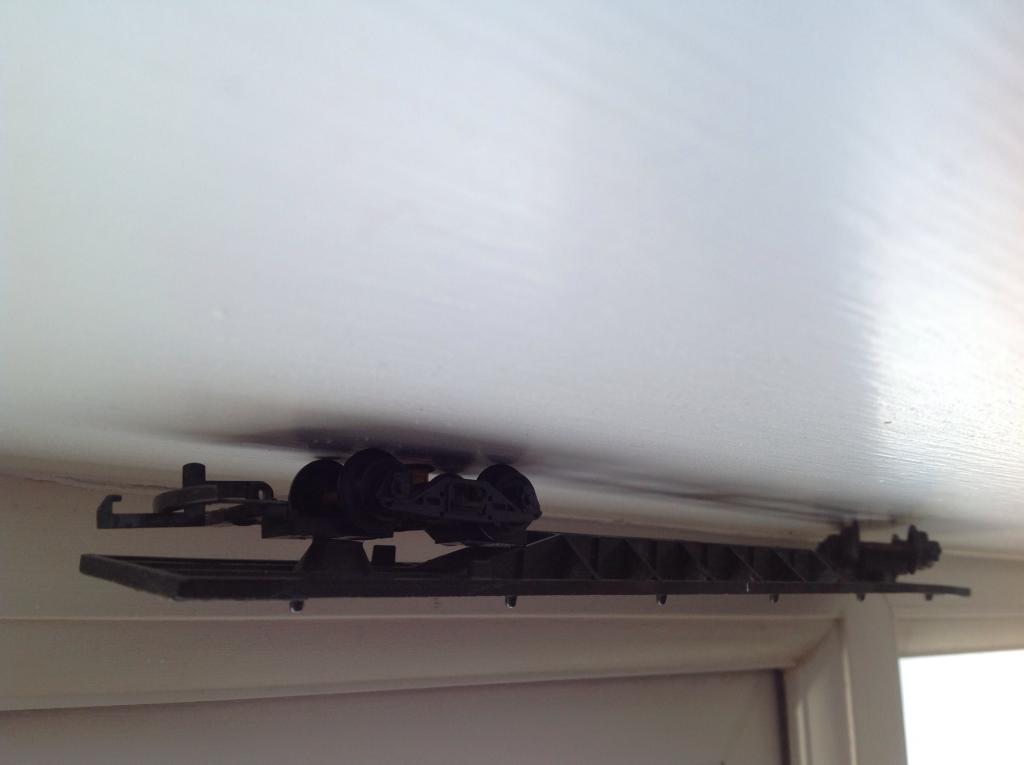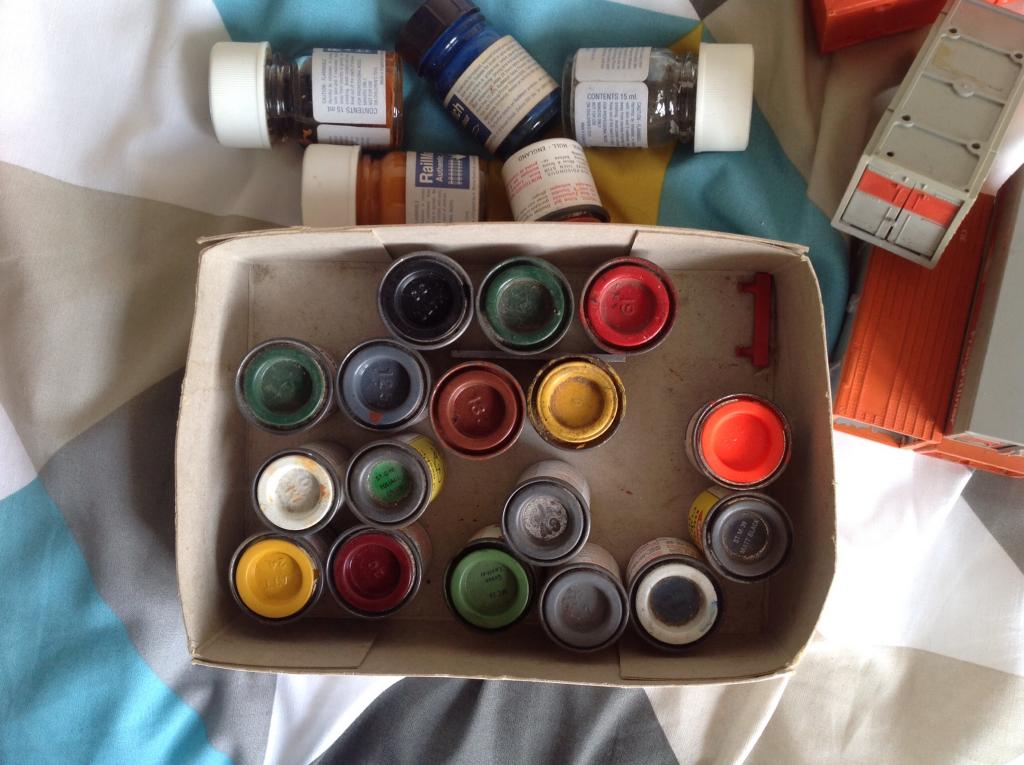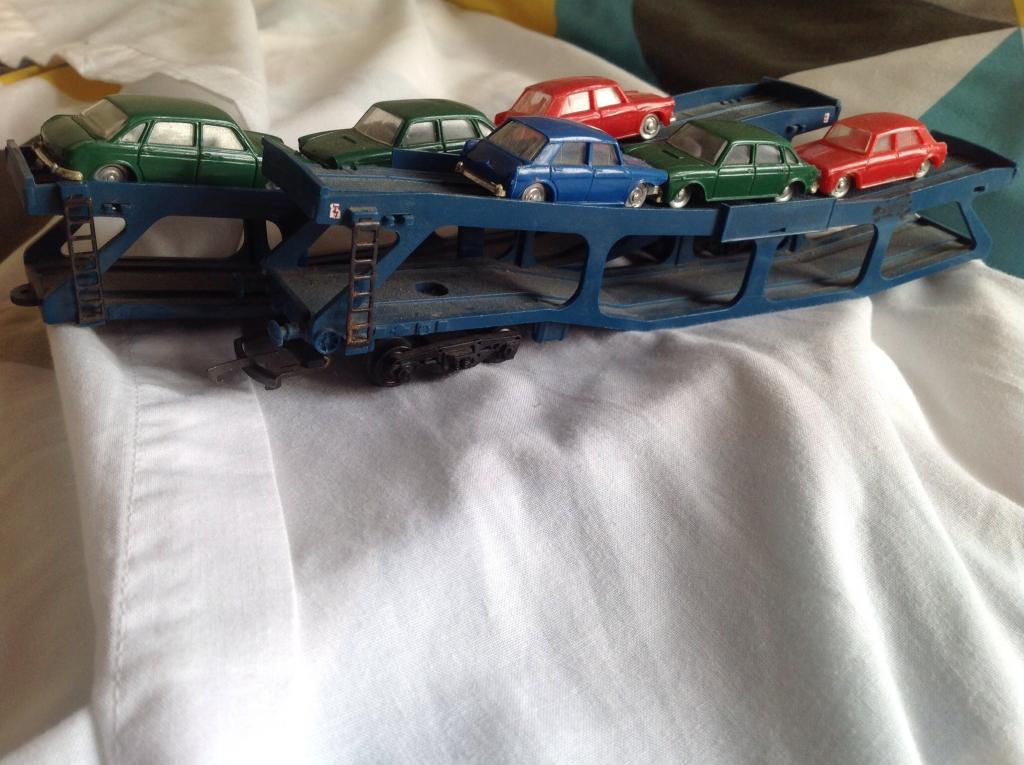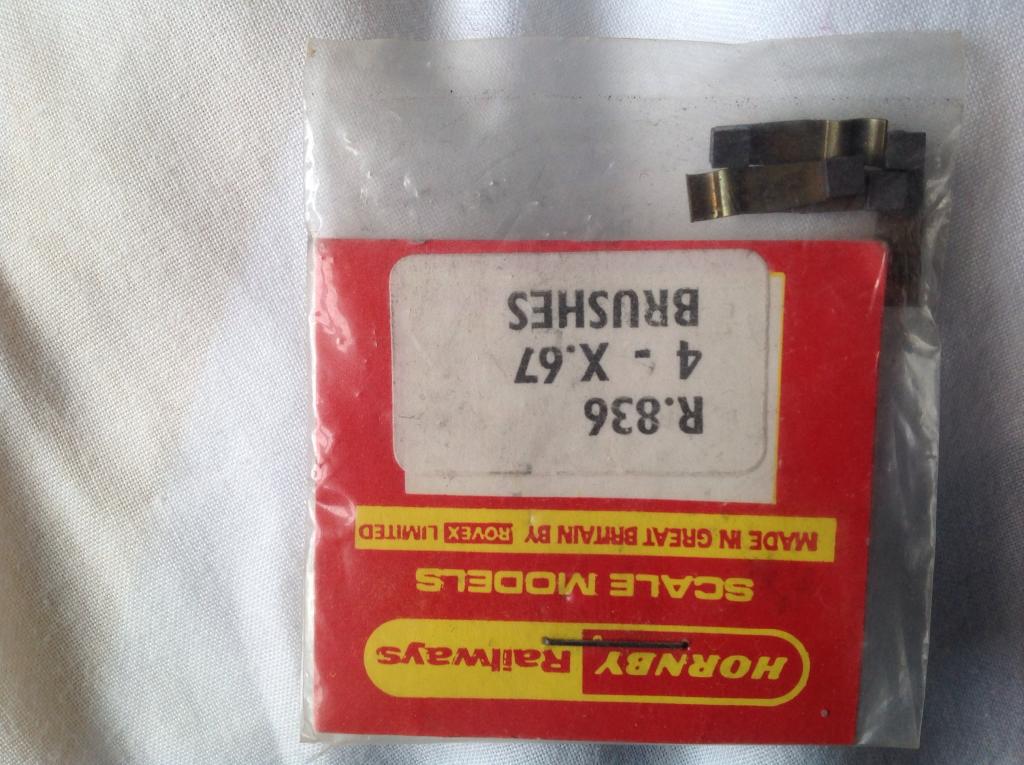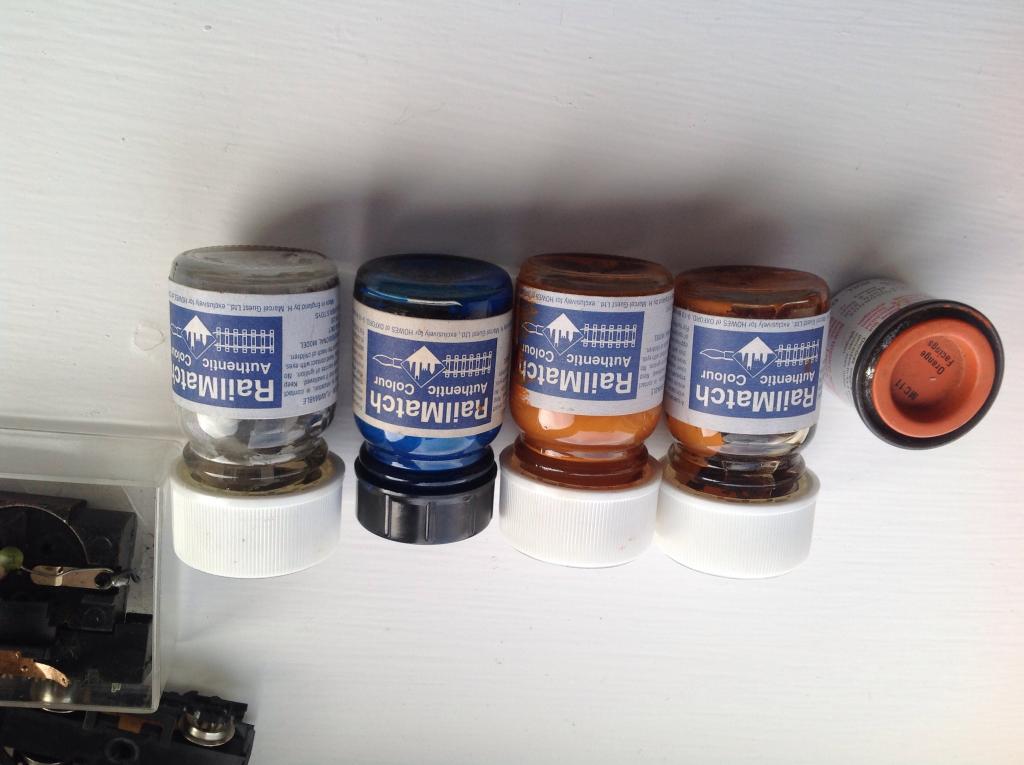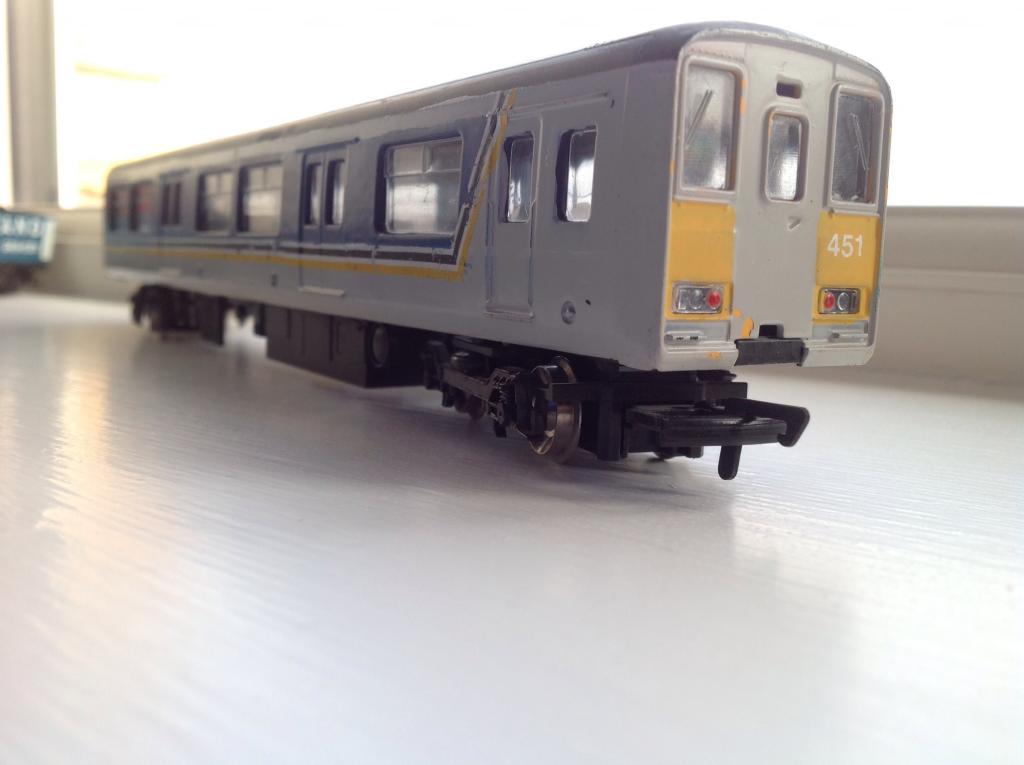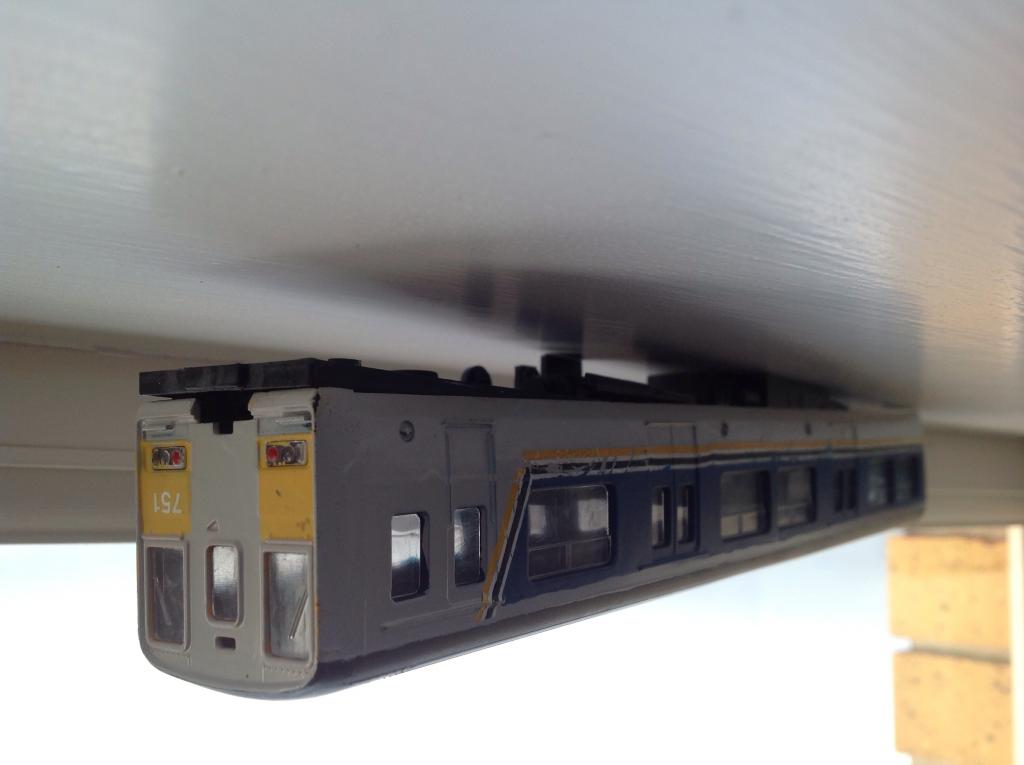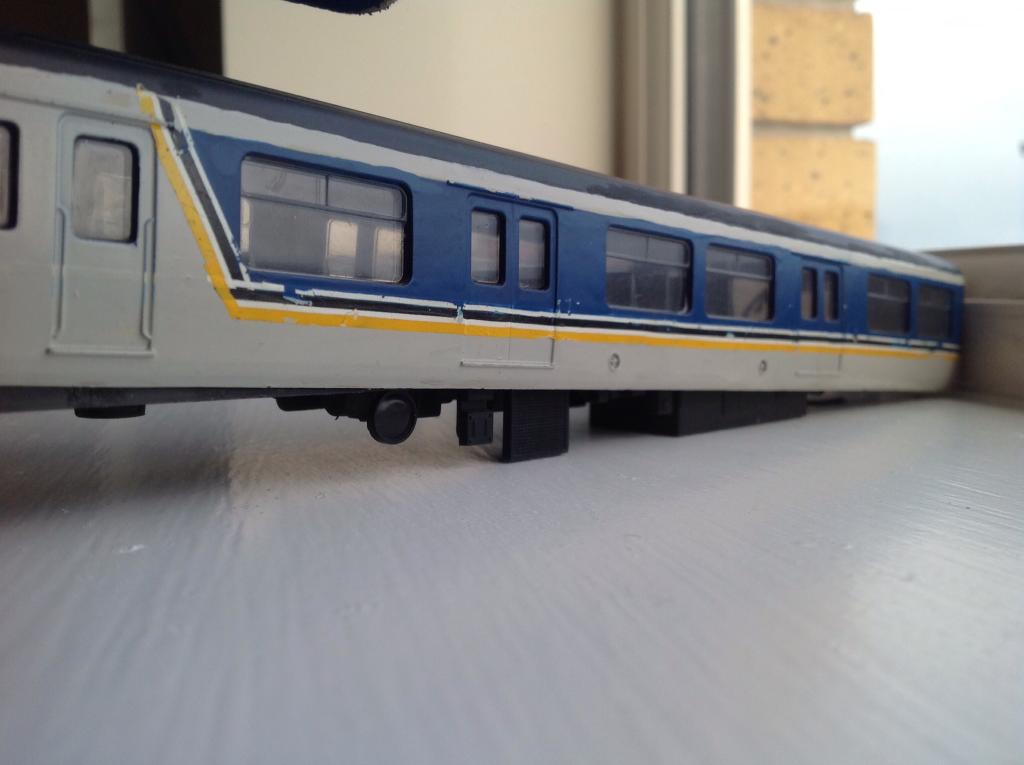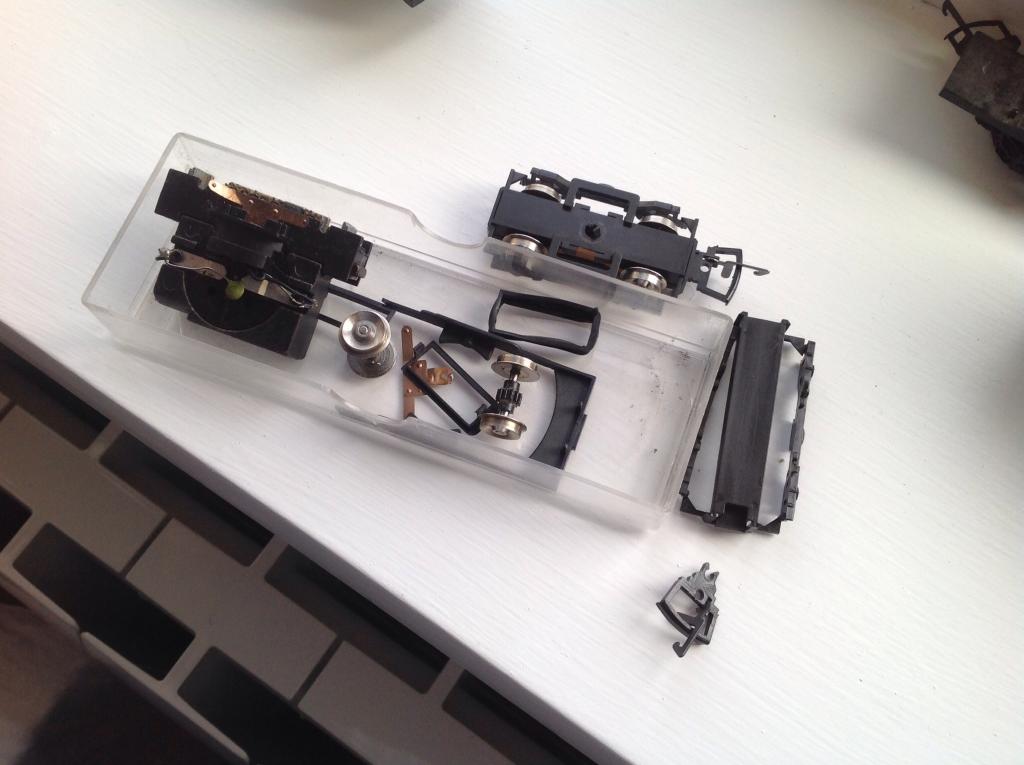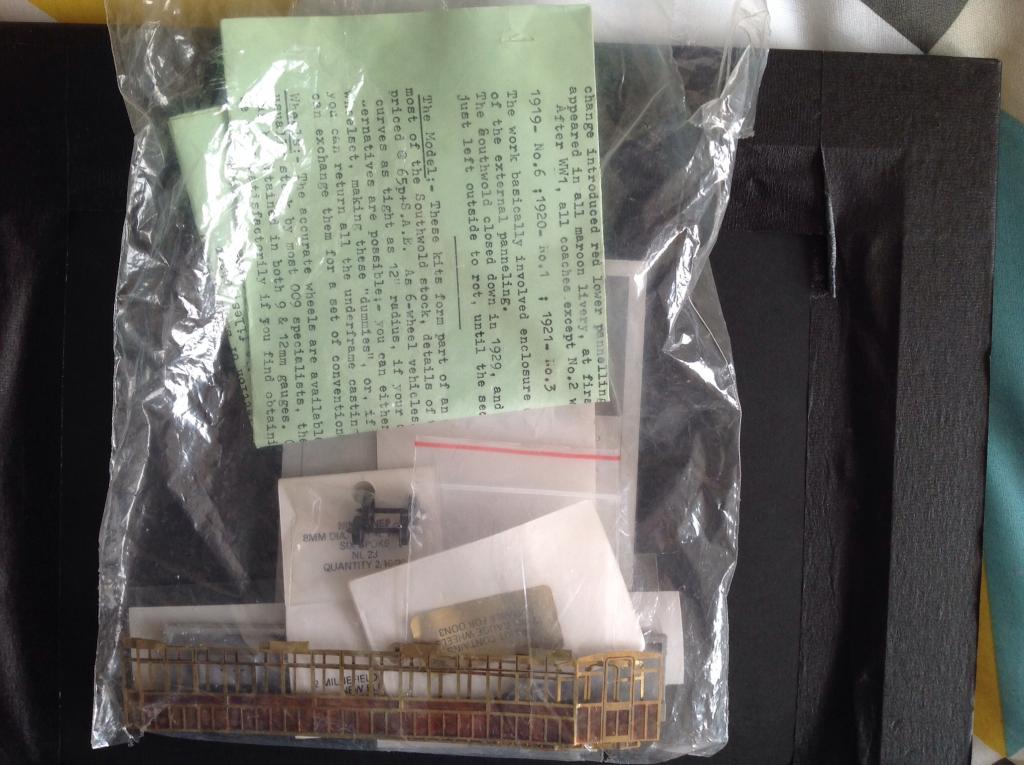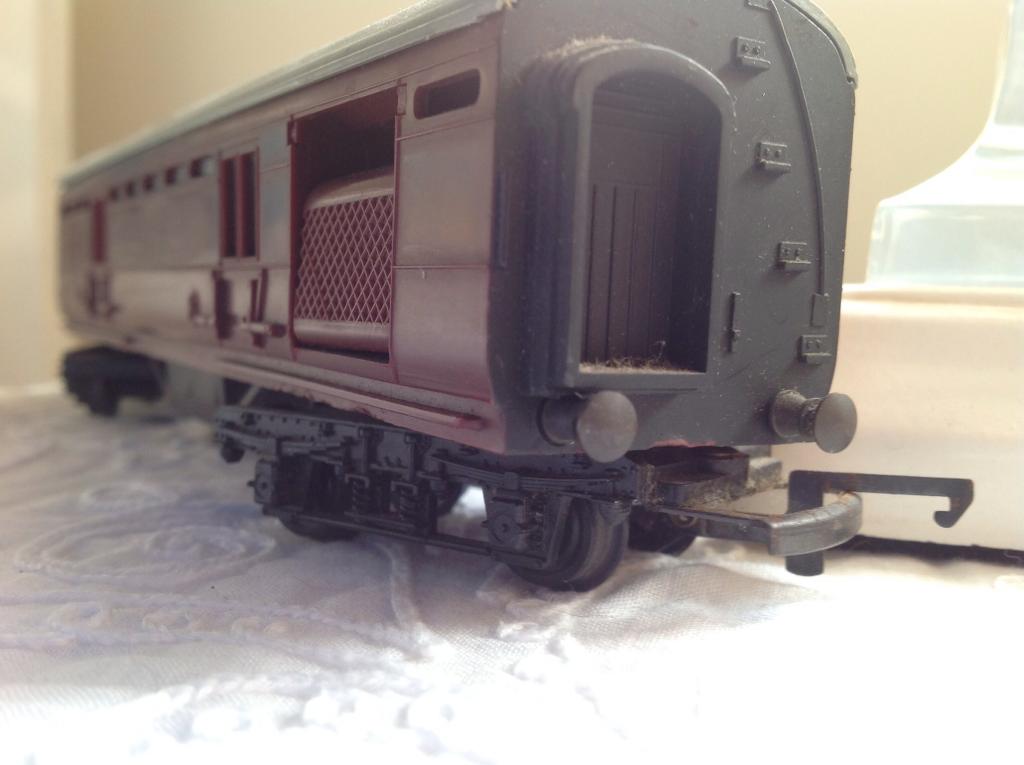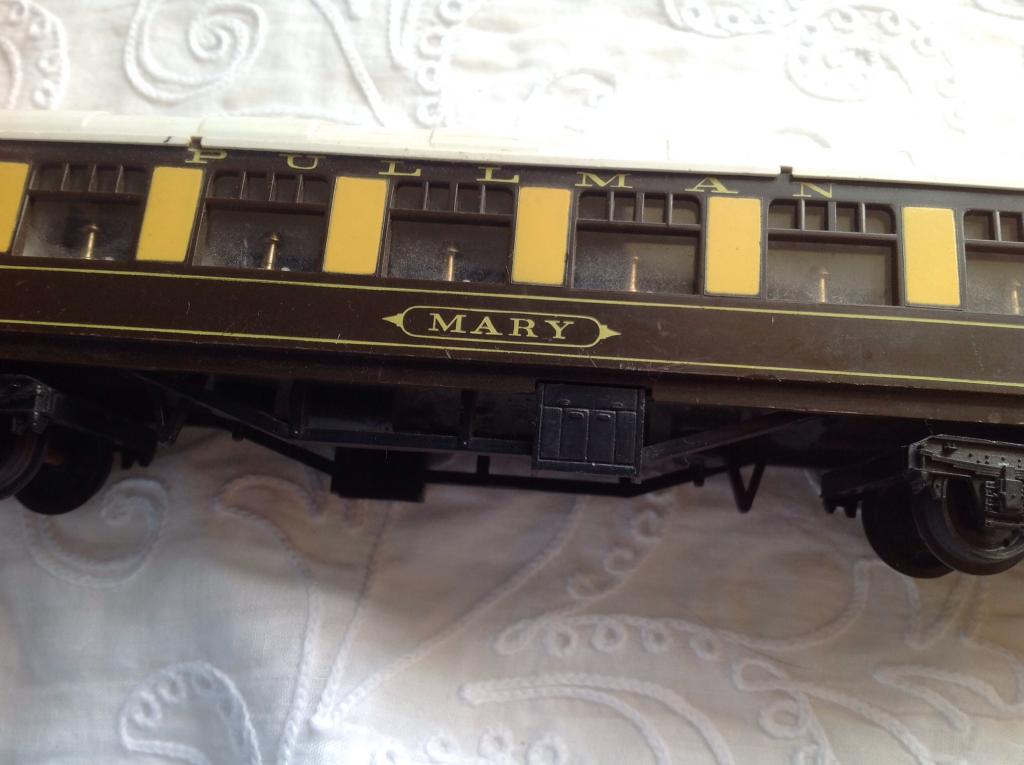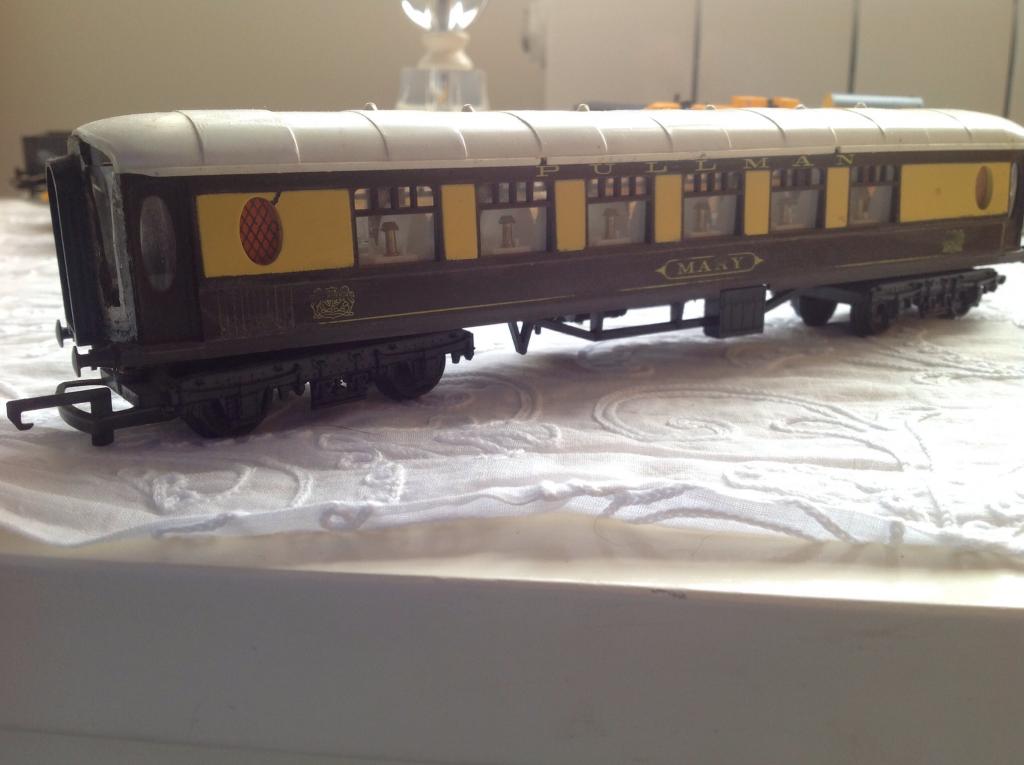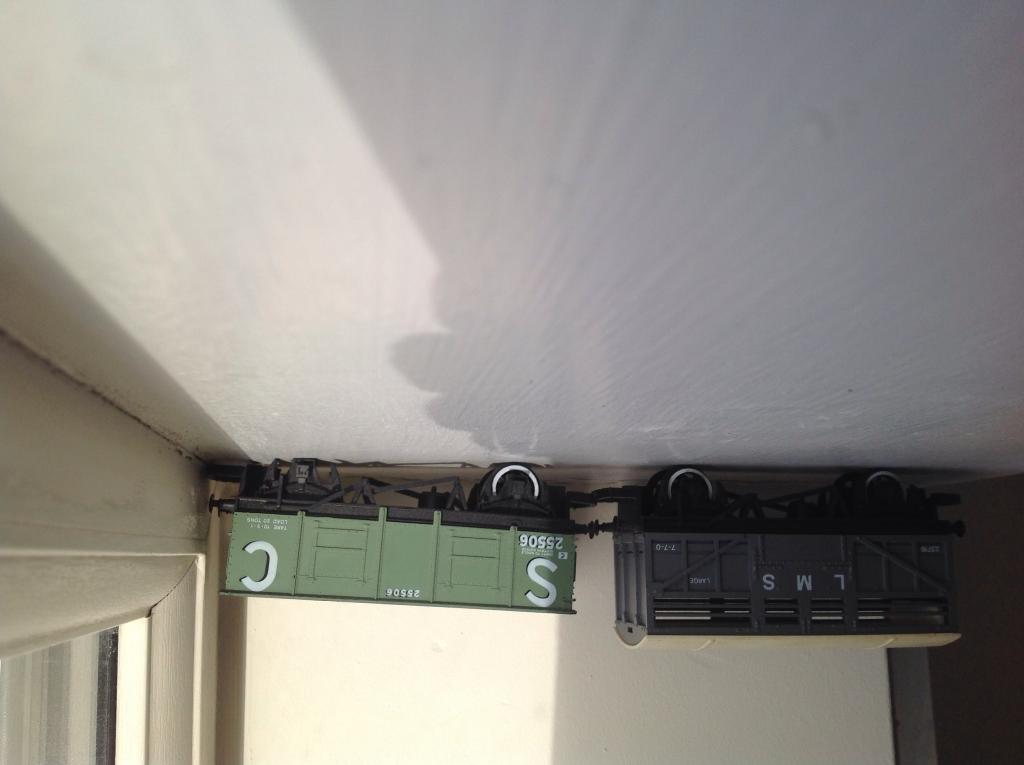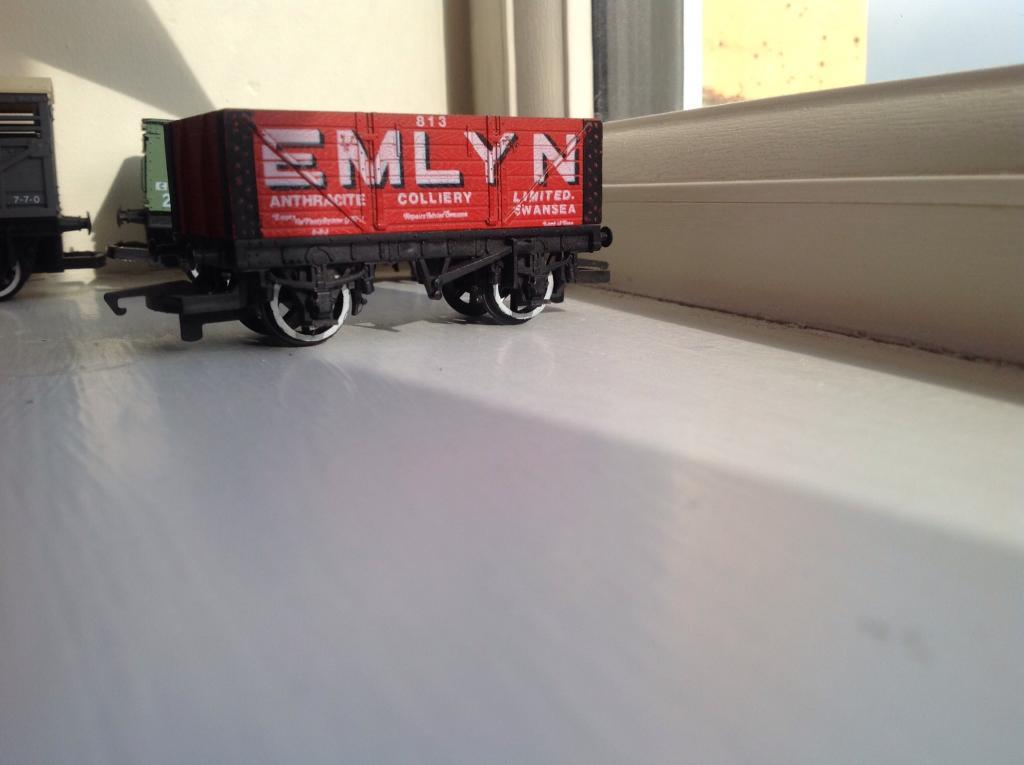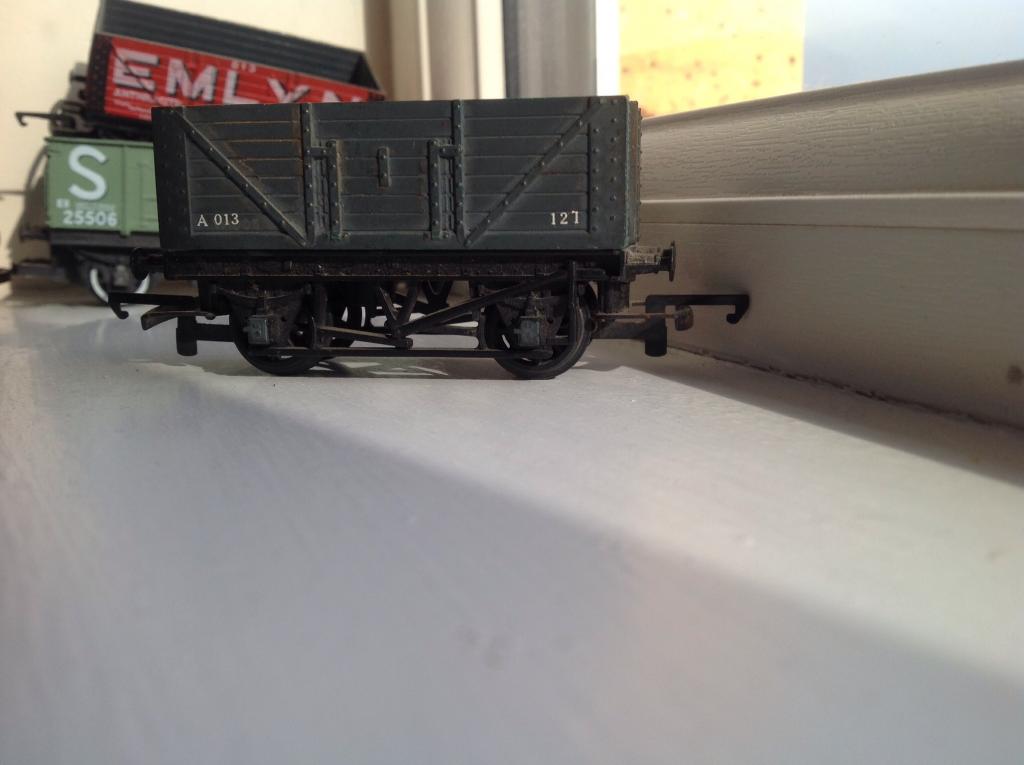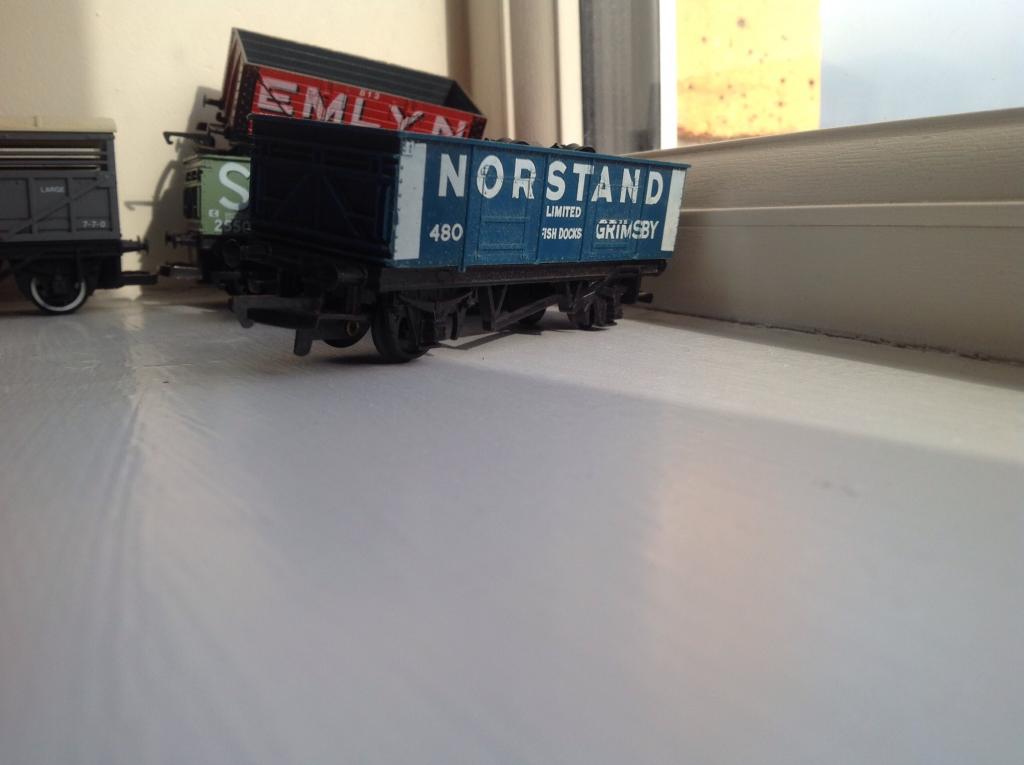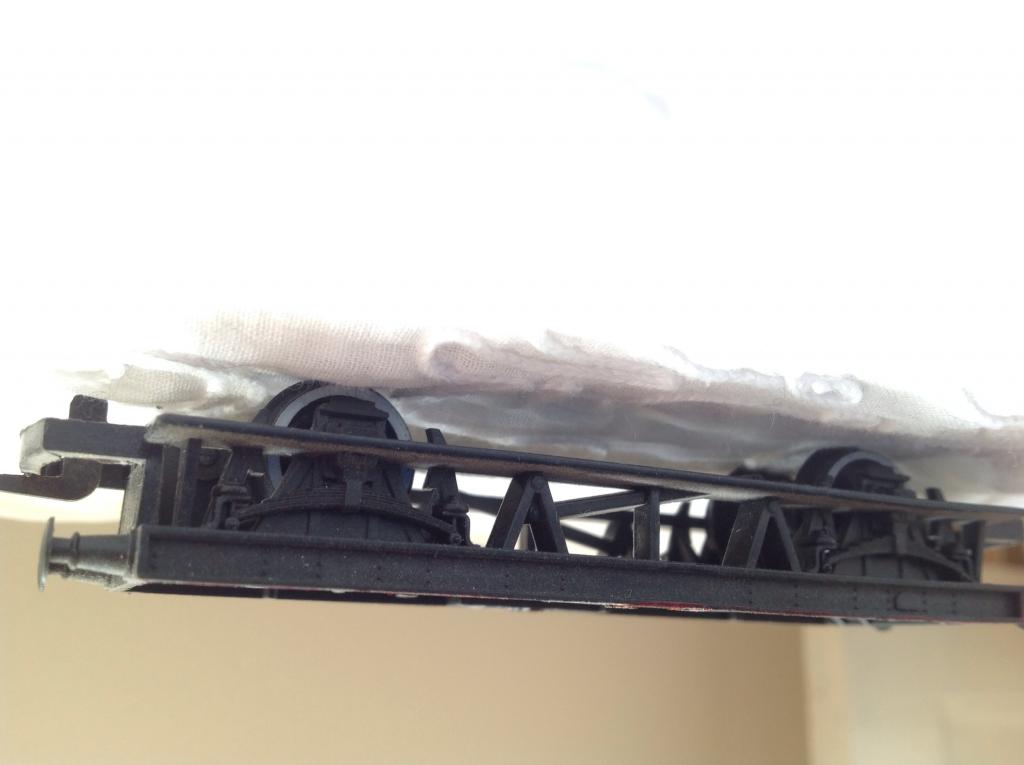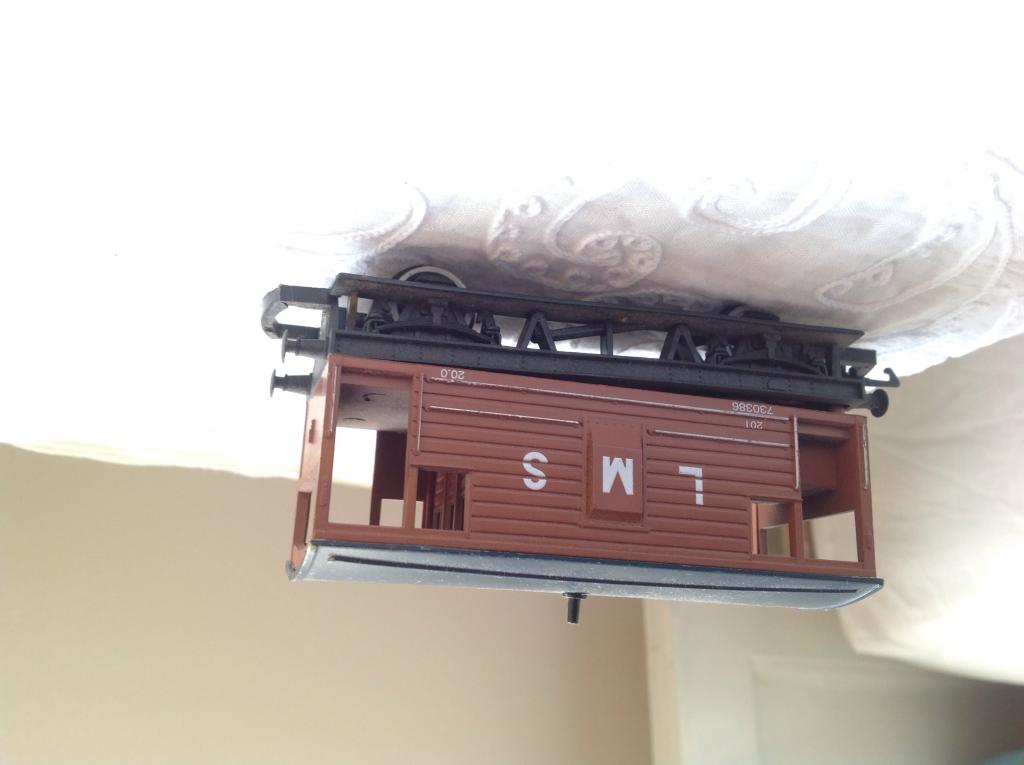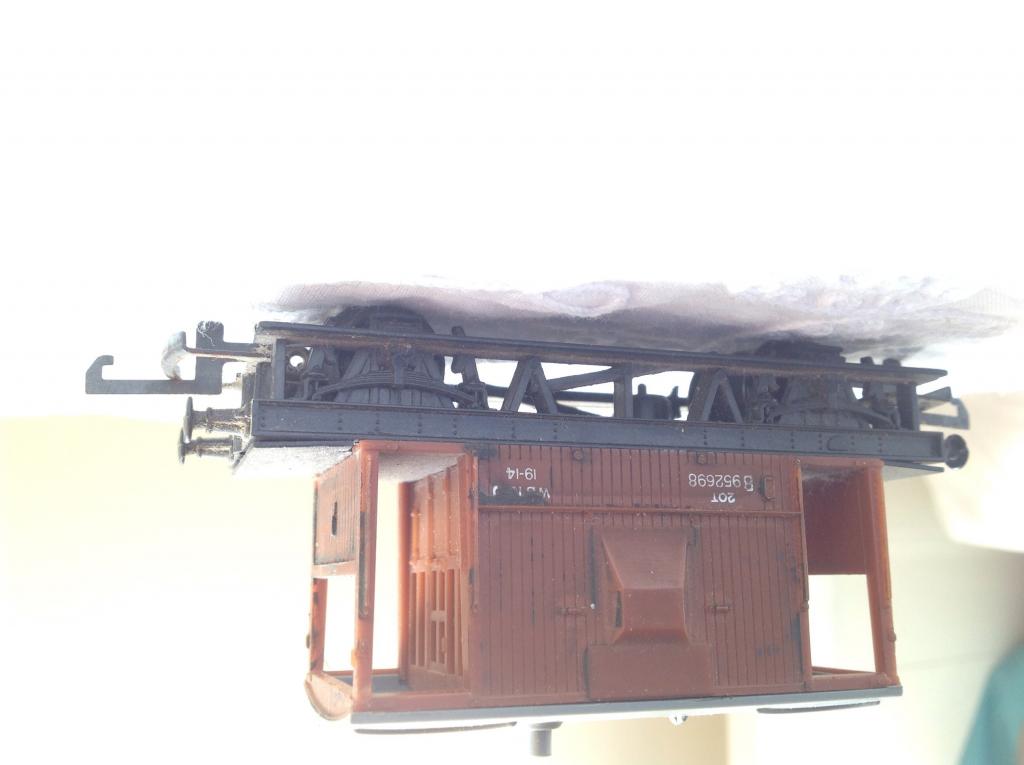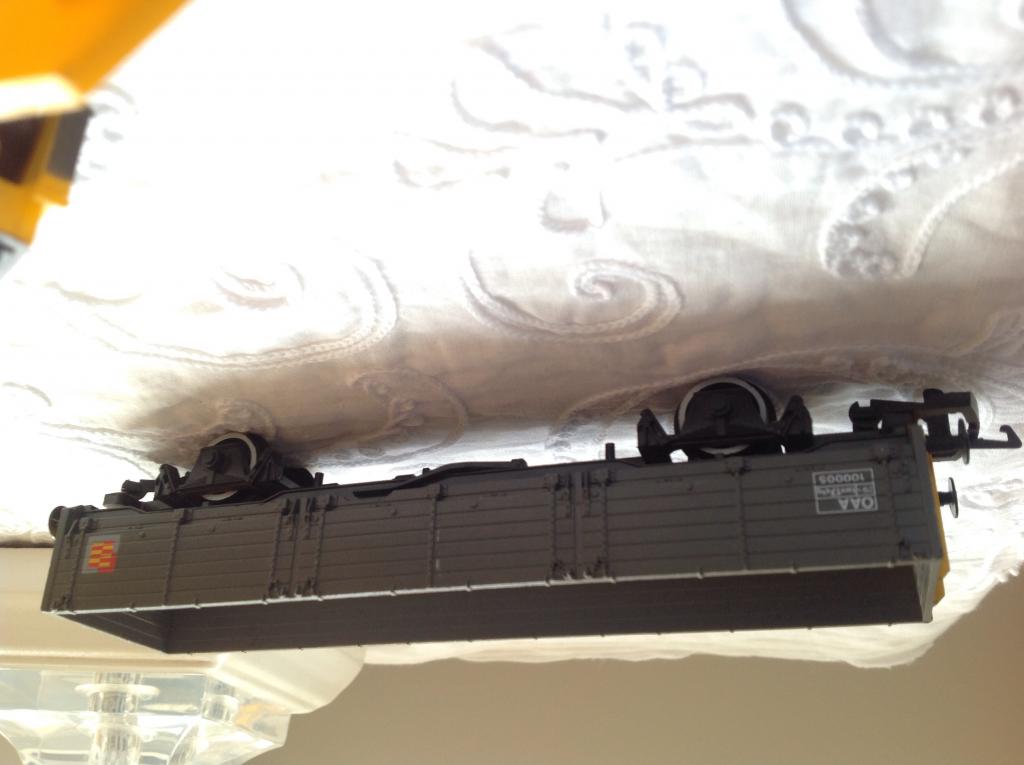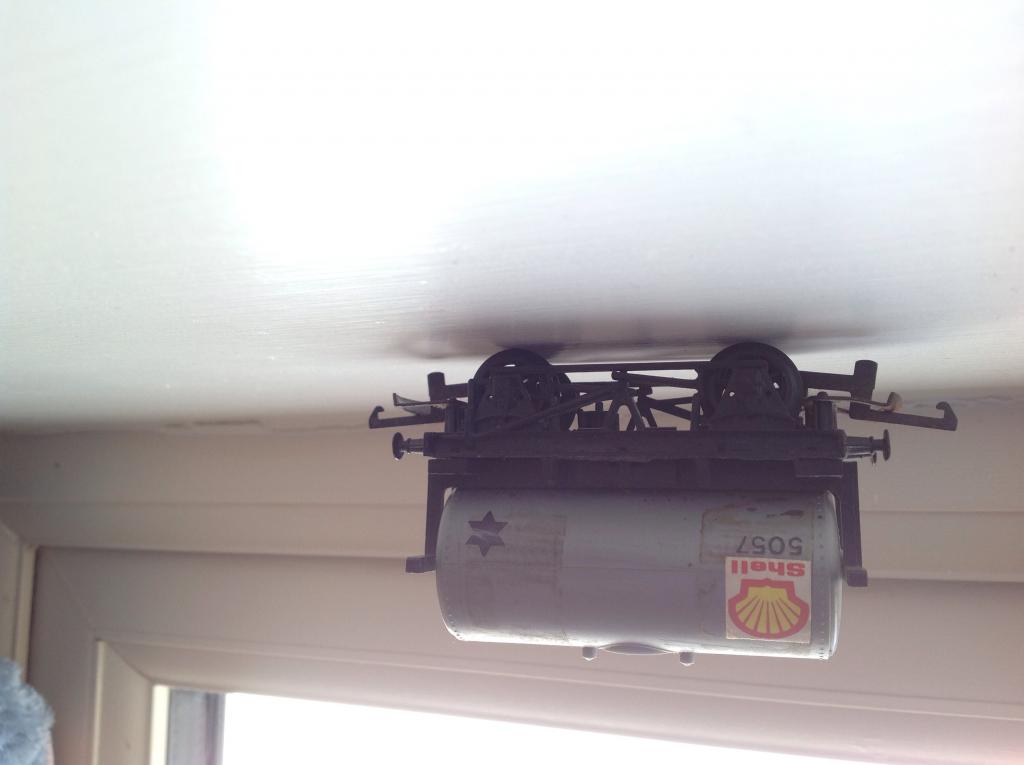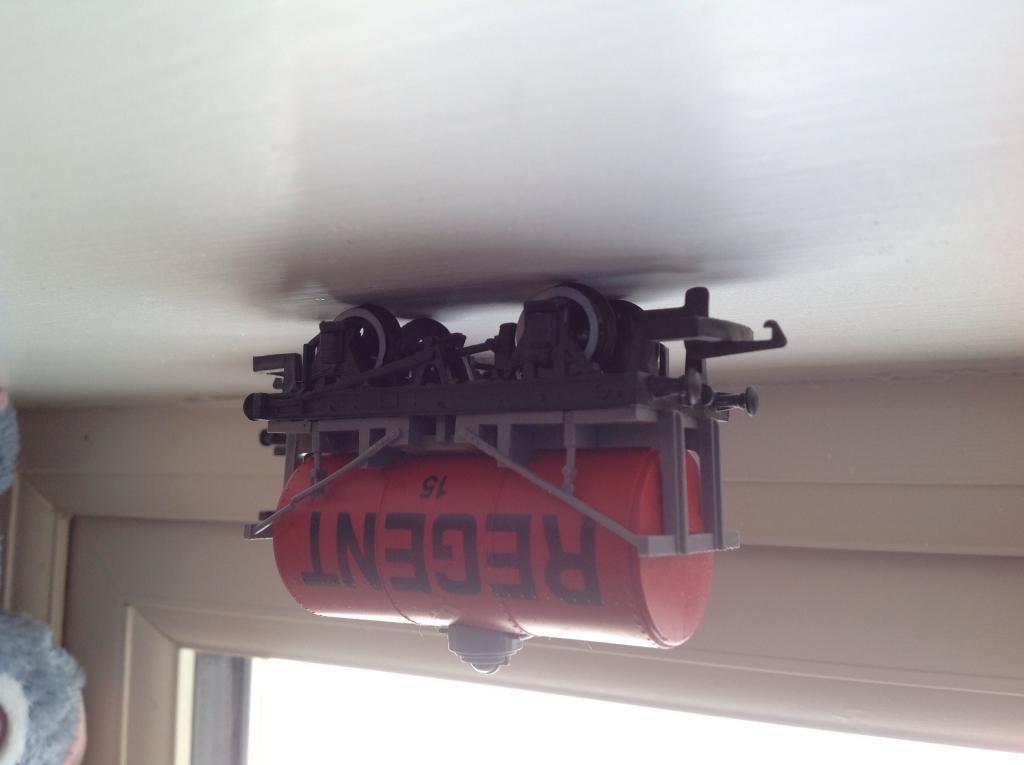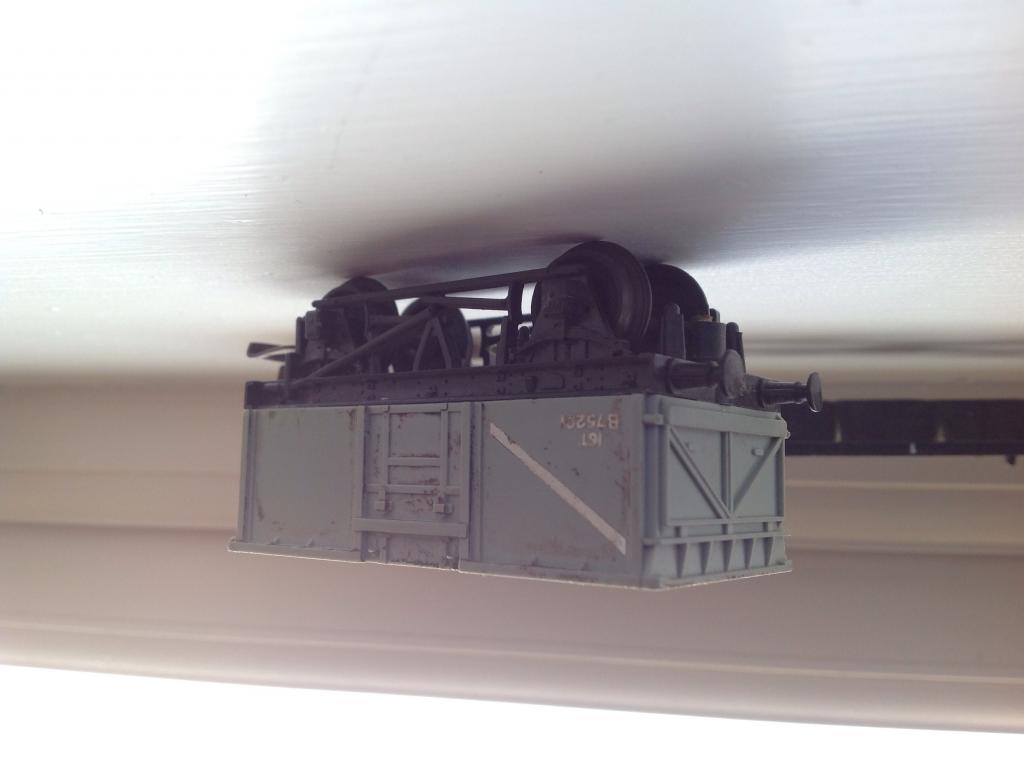-
Posts
15,831 -
Joined
-
Last visited
-
Days Won
393
Content Type
Profiles
Forums
Events
Gallery
Blogs
Store
Community Map
Everything posted by jhb171achill
-
AEC railcars & push pulls
jhb171achill replied to Frank_the_ piper's question in Questions & Answers
Yes, popeye. 26xx first of all (and green), retained numbers through orange & black era (post 1962) up to and after conversion to 61xx series push-pulls. -
The first three DNGR coach designs are of vehicles taken into GNR stock, presumably bought by the GNR years before the DNGR closed. That in itself is interesting, and worthy of further investigation. Next, two brakes of MGWR origin, though the drawings are GSR. Finally, "Ivan" - without its black ironwork! If anyone is interested in proper copies of these, let me know and I will copy them for you.
-
On the general subject of six wheeled coaches, here are some original plans. If anyone is interested in clearer copied, PM me. The first three, interestingly, are examples of DNGR vehicles apparently taken into GNR stock, as they are GNR drawings and have had GNR running numbers allocated. That's a new one to me; I had always thought that any ex DNGR stock in GNR hands consisted only of luggage brakes..... The other two are GSR drawings, but of former MGWR vehicles.
-
Old 00 gauge stuff for sale (clearout!)
jhb171achill replied to jhb171achill's topic in For Sale or Wanted
No probs, folks. Glenderg - you'll have seen my PM by now. Chevron - could I ask you to PM me your details for the paints. ALL: All of the above items have now been spoken for; thank you all for your responses and apologies to those not quick enough! :-) -
GAA one now sold, as well as one excursion one. Three more excursion ones still available.
-
These are originals, now extremely rare indeed, and in good condition, though obviously fragile with aged. I'm offering them for sale. In the case of the first one I have four copies. The rest are all single copies. I'll post the first two tonight and the rest depending on interest. Auction prices for things like this can get up to €100 / €200. For the first one I'll take €75 each. The GAA one, though now exceptionally rare, is in poorer condition, so a price of €45 will do.
-
Old 00 gauge stuff for sale (clearout!)
jhb171achill replied to jhb171achill's topic in For Sale or Wanted
-
Old 00 gauge stuff for sale (clearout!)
jhb171achill replied to jhb171achill's topic in For Sale or Wanted
-
Old 00 gauge stuff for sale (clearout!)
jhb171achill replied to jhb171achill's topic in For Sale or Wanted
ALL BELOW NOW SOLD Freightliner wagon, bogie off but easily fixed €5 Pots of point - old - free. Car carrier & cars €10 Free Free: for interest, is this firm still operating? These are authentic IE and NIR colours. The very small Humbrol pot is years old, but while not designed as such, is perfect for CIE orange. -
Old 00 gauge stuff for sale (clearout!)
jhb171achill replied to jhb171achill's topic in For Sale or Wanted
ALL BELOW NOW SOLD In scenes reminiscent of Hamill's scrapyard, where the Tins met their fate.... The above, which requires repair though the motor bogie is I working order, is a two-coach BR thing repainted with authentic NIR paint colours, as shown and included along with authentic IE orange. Let's say €50 the lot. Southwold Railway coach kit complete, untouched. Nice narrow gauge coach, suitable for 009 or 00n3. €10. Old Hornby TPO €10 Old Pullman coach, end damage as it was going to be a donor vehicle at some stage for a long forgotten project. €5. Old crane. Chain broken €5 -
-
AEC railcars & push pulls
jhb171achill replied to Frank_the_ piper's question in Questions & Answers
You'd be looking at a short time round 1975 or so, in the "Greater Connolly" area, I would think. -
Online character asassinations are always best ignored....! This reads like a carbon copy of Derry. Local "business interests" are just that; they see a business opportunity, and there's nothing wrong with that per se. In fact, with no credible business case, any fledgling outfit will probably fail, and deservedly so. The difference between Tralee (and Derry) as opposed to, say, the RPSI, DCDR or Dromod, is the involvement of "local business interests" aka the local bar-room intellectuals and gombeen men, as opposed to genuine enthusiasts. For while the former will lose interest and walk away at the first sign that the thing won't be the cash cow they imagined having a trough to bury their nose in, the latter are under no initial illusions on that point, and will persist against all odds, to make reality out of whatever's possible.
-
C'mon ya boys in green!
-
Congratulations.
-
The current incarnation is ghastly, and if I was involved in a heritage body on charge of the railway, its "stations" would be among the first things to receive attention. Public perception is everything. A heritage railway needs public bums on seats, end of.
-
It's like Derry. Put enthusiasts in charge, and if something's possible, it can happen. Put local government officials in charge, and all will go irretrievably pear shaped.
-
Good detective work, Mr Mayner!
-
Wish I'd known that not long ago - bought a new one for a good bit more, and the cost of installing it wasn't cheap either!
-
Best of luck, folks. In fifteen years time, we'll have a historic layout showing long-withdrawn antiques like DD and Mk 4 sets, and those old ICRs......
-
Enterprise 206 working the IWT liner.
jhb171achill replied to ttc0169's topic in What's happening on the network?
Totally correct, WTCLASS. Privatisation across the water has resulted in more public money being thrown at what was BR, with less quality of service, at higher prices to the public. That's mathematical fact. So who benefits? Shareholders and bonus-led layers and layers of duplicated management; again, mathematical fact. Knowing the "nose-in-trough" and short sighted, ill-informed and selfish attitude of almost all politicians on this island, should we open a book on how long it will take them to catch on to ways of further wrecking our railway system? BR had no bonuses and shareholders, and one board. That's mathematical fact too. As our good friends in the States might say, "Go Figure!"! -
As a matter of interest, what size - what dimensions - would your Arigna Road layout be?
-
Was it No. 800?
-
A pleasure, Mike. If anyone else wants it, it's yours for nothing.....
-
Disgraceful. Rural elderly people have enough worries to contend with, between rural crime, closure of Garda or PSNI stations, lack of public transport, doctors and hospitals..... without the activities of these worthless scumbags. Incidentally, flogging in the Isle of Man were often carried out at the annual proclamation of laws at Tynwald Hill, near St Johns, the junction of the Peel and Ramsey lines. Did anyone ever see the massive operation the railway had to undertake in order to get huge crowds to St Johns on this day each year?
.png.c363cdf5c3fb7955cd92a55eb6dbbae0.png)

